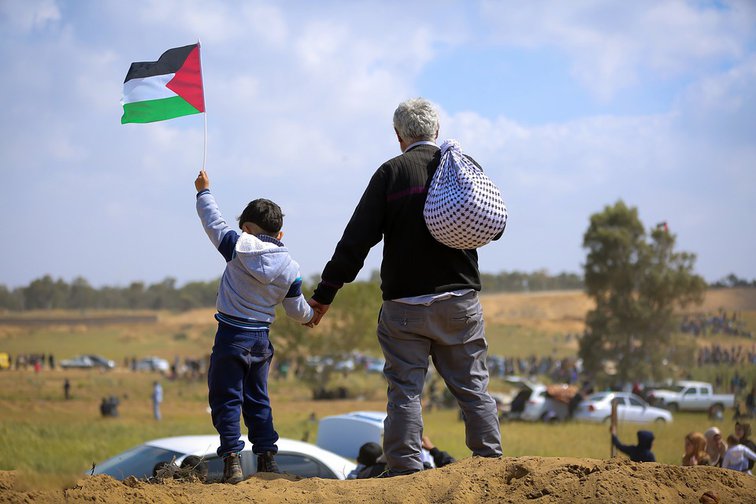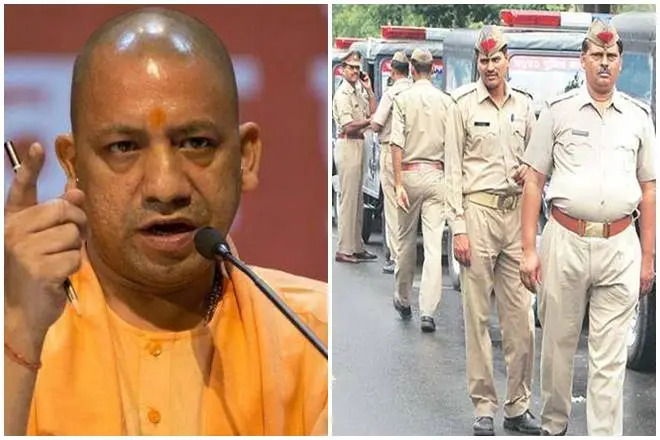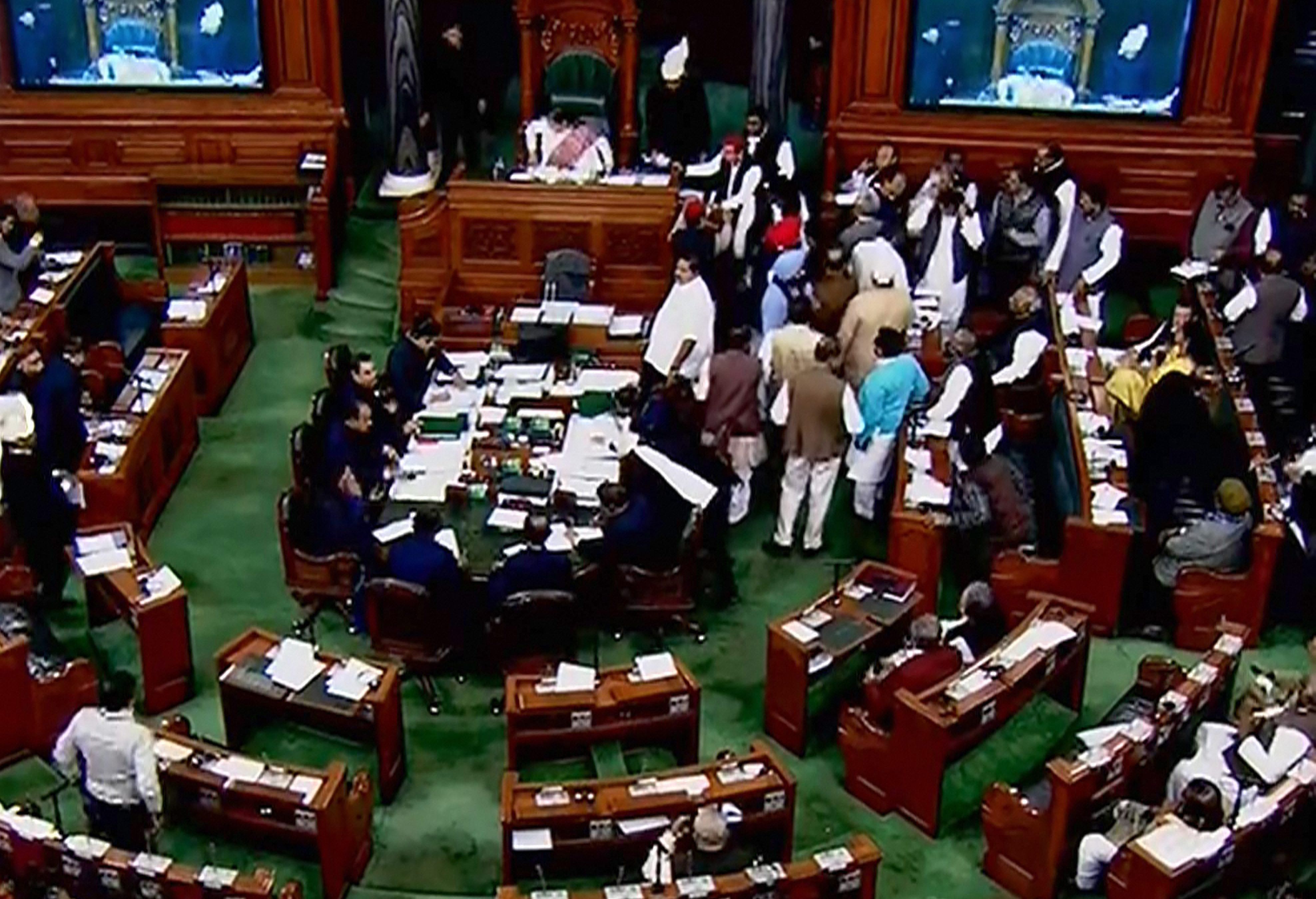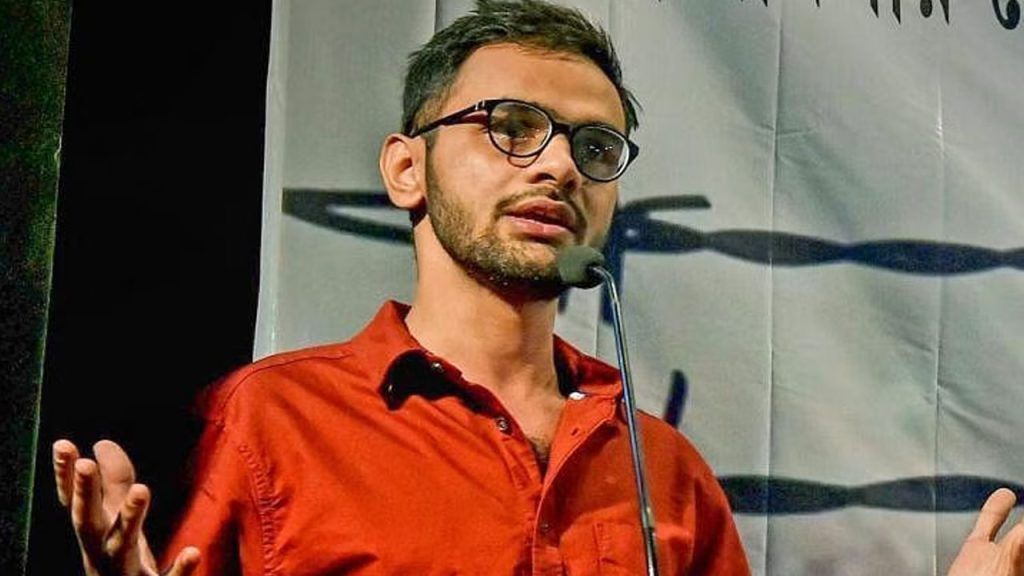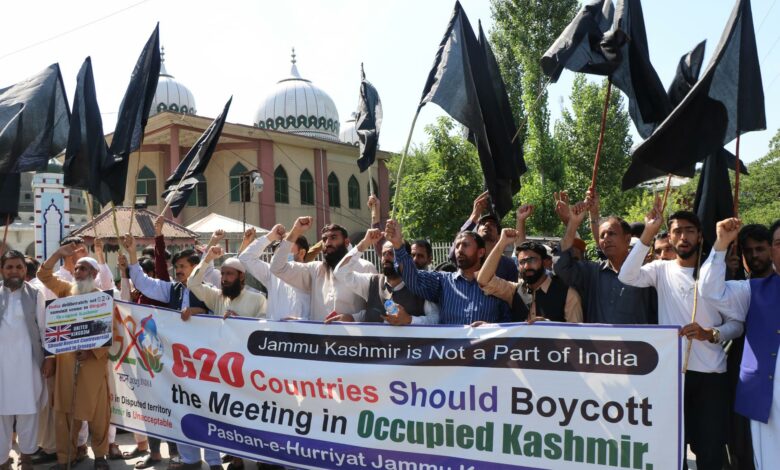Who is Kim Yo Jong?
Kim Yo Jong, a name not too difficult to confuse with her brother, Kim Jong Un, is making an appearance.
Kim Yo Jong is in fact Kim Jong Un, the North Korean leader’s sister, and she has been making an increased appearance since the death of her father in 2011.
It has long been suggested that Yo Jong has a position within politics, before her father’s death, and by him.
Is Kim Yo Jong tipped to be the next supreme leader of North Korea?
Kim Jong Un has been reported missing of late. He has not been seen for extended periods of time in recent months, and his health has been speculated upon.
With a global pandemic at the forefront of minds, it is of no surprise, that connections have been made.
It is reported Kim Jong Un does not enjoy good health, the leader’s sister already took control of the country whilst Jong Un was sick in 2014.
This is new territory for a country like North Korea. Women are normally expected to stay at home and complete the role of ‘dutiful wife’.
If a woman were to become the next leader of North Korea, would the old die out with the new?
Kim Yo Jong seems a formidable figure. It is said, the only authority above her is that of her brother.
Yo Jong has been within significant standing on the world stage even. During North and South Korean peace talks, Yo Jong sat at the left of her brother and visited South Korea on Jong Un’s behalf to work towards a treaty with the country.
Whether that treaty will ever be met, is another question, for North Korean defectors tarnished anything tangible when balloons containing information were released across the border. This was only in May this year. The balloons contained information pertaining to the truth about North Korea, and its political crimes.
North Korea’s reaction came in the form of Kim Yo Jong, the sister. Yo Jong accused South Korea of breaking the treaty, which insisted on working towards better relations.
In contrast, South Korea denoted the country as free, and not able to prevent its civilians from free speech.
When women are proclaimed to be subservient in North Korea, it comes as defiance, to elevate a female, to such high standing.
However, Kim Yo Jong has been in the shadows since her father died in 2011.
The presence of Kim Yo Jong could easily go unnoticed since the inclusion of women is so culturally prohibited.
Yet, sometimes the best way to hide something is to hide it in plain sight
The national emblem, upholding Kim Jong Un’s rule on the North Korean flag, has been removed in recent months. This was reported to have been around February this year. It has been said that this is in line with changes that will be made in July, changes that denounce Kim Jong Un as North Korea’s supreme leader, and instead as Commander in Chief.
This casual statement comes as a strange turn of events for the leader that answers to no other.
On one hand, it suggests Jong Un has stepped down, and on another, it suggests a changing of strategy within the North Korean regime.
With the changing of the flag, the most logical conclusion is to assume a changing of a face within the regime. This is not something to have come easily, if at all, with Jong Un notoriously holding himself as God-like, within the command and with the North Korean people. The propaganda is obviously changing within North Korea, and perhaps for the only reason, it could: the health of Kim Jong Un.
This is of course speculative, nothing has been confirmed.
The absence of Jong Un
Speculation particularly mounted in April when Jong Un was absent for the nation’s most celebrated holiday: Kim II Sung’s birthday. This is the North Korean New Year, so important that even the calendar starts on this day.
If Kim Yo Jong is to be the next supreme leader of North Korea, it will spark a very interesting time within North Korean politics.
Since Yo Jong is rumored to have been the father’s favorite, with nicknames such as Princess Yo Jong, and confessed as the superior to the ‘idle blockheads’ as sons. Is it any wonder, that Yo Jong is always around?
With North Korea viewing women as second to men, it may not have been the ideal time to unleash female power. Instead, Kim Jong Un was proffered to the world.
This may have been the plan of Kim II Sung all along. Perhaps the love for the daughter has implemented North Korea’s feminist movement, in the shadows. Kim Yo Jong did recently blow up a South Korean building that came to the tune of $8 million. Showing that, she may well be her father’s daughter.
She may also be, the real Wizard of Oz.
Also, Read
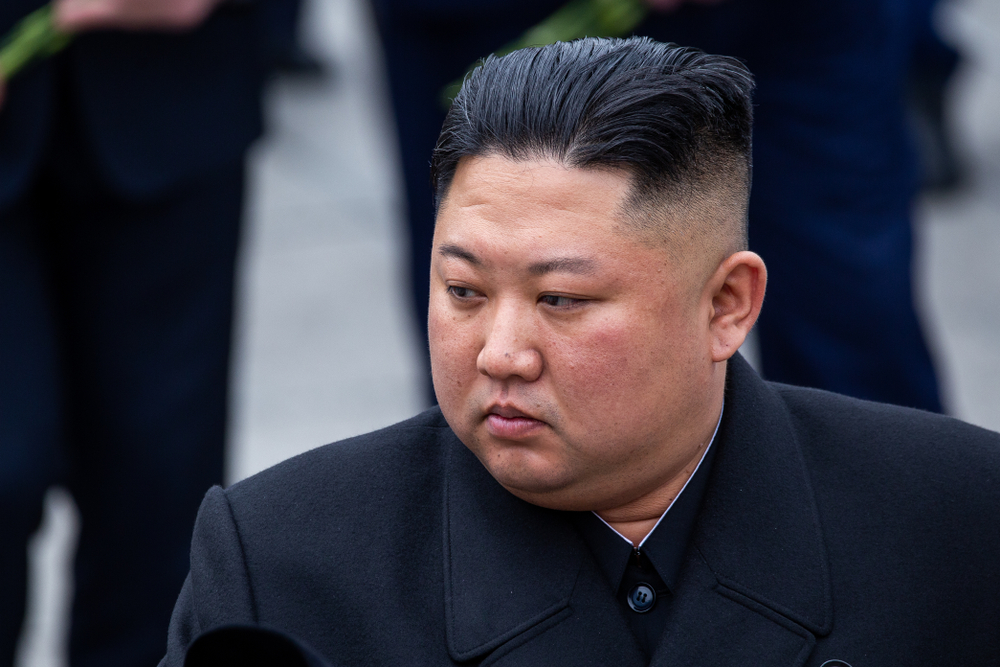

 Featured2 years ago
Featured2 years ago
 Featured3 years ago
Featured3 years ago
 Featured2 years ago
Featured2 years ago
 Featured4 years ago
Featured4 years ago
 Featured3 years ago
Featured3 years ago
 Featured5 years ago
Featured5 years ago
 Featured2 years ago
Featured2 years ago
 Featured3 years ago
Featured3 years ago
